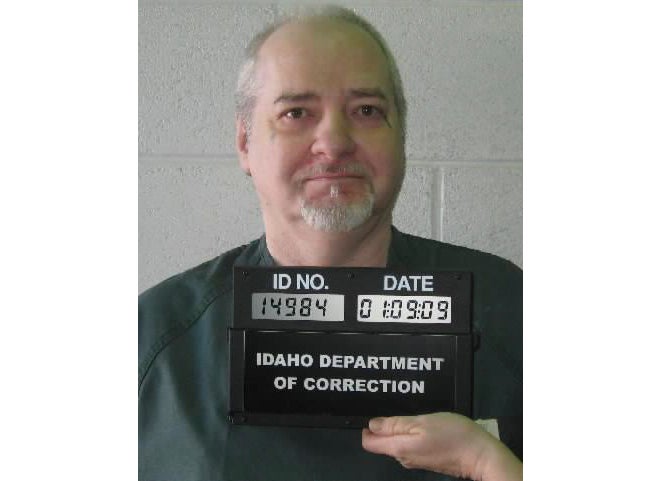Idaho revamps execution chamber so docs can access deep veins after failed lethal injection attempt
Idaho will begin using central venous lines to execute prisoners by lethal injection if attempts to insert standard IV lines fail

Your support helps us to tell the story
From reproductive rights to climate change to Big Tech, The Independent is on the ground when the story is developing. Whether it's investigating the financials of Elon Musk's pro-Trump PAC or producing our latest documentary, 'The A Word', which shines a light on the American women fighting for reproductive rights, we know how important it is to parse out the facts from the messaging.
At such a critical moment in US history, we need reporters on the ground. Your donation allows us to keep sending journalists to speak to both sides of the story.
The Independent is trusted by Americans across the entire political spectrum. And unlike many other quality news outlets, we choose not to lock Americans out of our reporting and analysis with paywalls. We believe quality journalism should be available to everyone, paid for by those who can afford it.
Your support makes all the difference.Idaho will begin using central veins deep in the groin, neck, chest or arm to execute prisoners by lethal injection if attempts to insert standard IV lines fail, the Idaho Department of Correction announced Tuesday.
Injecting a central venous line has long been a backup plan under the state's official execution policy, but it has never been used because prison officials said the execution chamber was not designed in a way to protect the inmate's dignity during the process of inserting the line.
In February, the attempted execution of Thomas Eugene Creech, a man on death row, failed after the execution team was unable to establish a peripheral IV line, despite trying eight times in several veins in his arms and legs. Creech's defense attorneys have sought to prevent a second attempt on the grounds that it would amount to cruel and unusual punishment and amount to double jeopardy. A state judge dismissed those arguments in September.
The failed execution attempt prompted the state to begin renovating its execution chamber to add a room where a doctor can insert a central venous line.
Many states, including Texas and Oklahoma, do not allow execution witnesses to see the insertion of IVs or central venous catheters, carrying out the procedures in areas that are hidden from view. In Idaho, the process of establishing an IV line or central venous catheter must be publicly witnessed because the 9th U.S. Circuit Court of Appeals ruled that it is a critical part of an execution. The federal appellate court made the ruling after The Associated Press and other news organizations in the state sued for increased witness access.
Under Idaho's new execution policy, media witnesses and others selected to view the execution will be able to watch the insertion of the line through a closed-circuit camera system as it takes place in a separate room. Once the central line is inserted, the condemned person will be taken to the main portion of the execution chamber where the witnesses will be able to view the rest of the process through a window.
Standard peripheral IV lines are fairly straightforward to establish and typically just require a needle stick into a vein that is close to the surface of the skin in the arm or the hand. Emergency medical technicians, nurses, and other health care professionals routinely insert standard IVs.
Central venous catheters, meanwhile, often require short surgical procedures to access very large vessels like the jugular or femoral veins. They must be done by a doctor, because the veins are often very close to arteries that are under higher internal pressure — increasing the risk of bleeding from accidental needle sticks — and near other organs like lungs that can collapse if they are inadvertently punctured.